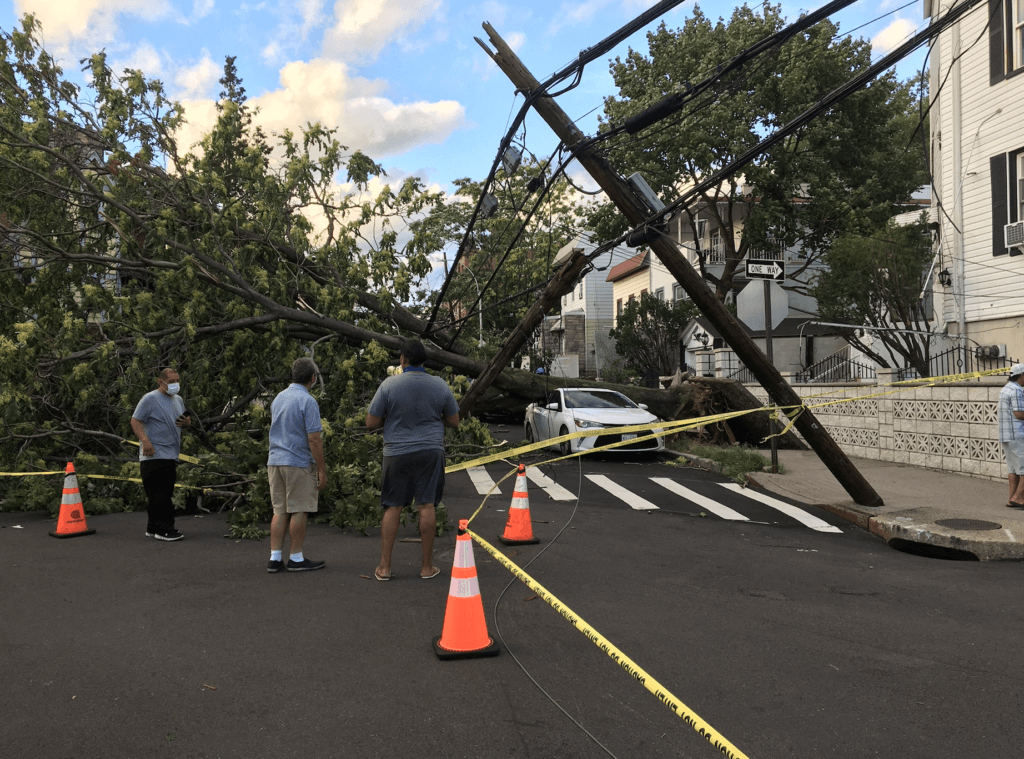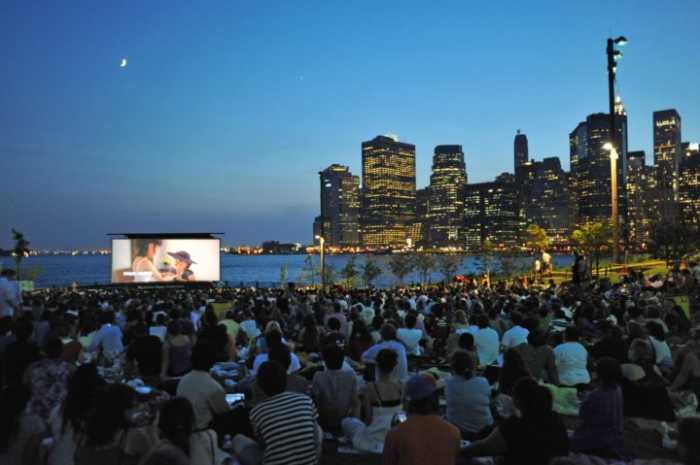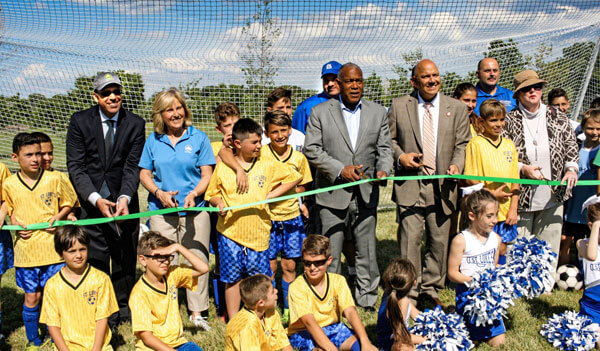Queens residents endured one of the most challenging summers in recent memory, facing storms, power outages and a global pandemic.
Con Edison’s weeklong response to Tropical Storm Isaias, which arrived in New York City on Aug. 4 profoundly impacted the borough, was quickly condemned by public and elected officials alike and prompted Councilman Paul Vallone to call for emergency City Council hearings on the vulnerabilities exposed in existing emergency preparedness and infrastructure.
In response, the Committees on Consumer Affairs and Business Licensing, Parks and Recreation, Resiliency and Waterfronts, and Environmental Protection met remotely for a joint oversight hearing on “Tree Removals and Restoration of Power in the Aftermath of Tropical Storm Isaias.”
During the hearings, Vallone introduced two resolutions which seek to push Con Edison to make needed service improvements, better prioritize restoration efforts across the five boroughs, and take accountability for damage sustained on private property during weather events.
“Con Edison’s failure to quickly restore power to tens of thousands of Queens residents in the aftermath of Tropical Storm Isaias meant that the borough hardest hit by COVID-19 also became the hardest hit by this weather event,” Vallone said. “A borough-by-borough approach to Con Edison’s emergency response, advance identification of vulnerable utility infrastructure, and accountability for damage to private property during storm events are just a few ways we can take action now and prevent a similar unacceptable outcome in the future.”
Outages were highest in Queens, where 46,000 households were without power as of 10 a.m. on Aug. 5, a day after Tropical Isaias hit New York City. Con Edison estimates that around 600,000 individuals were impacted across the city by outages due to Isaias.
“All told, nearly 330,000 Con Edison customers lost power including about 205,000 in New York City. In Con Edison’s long history, only Superstorm Sandy caused more outages,” Con Edison Company of New York President Tim Cawley said during testimony. “Entire trees collapsed onto our poles, wires and other core infrastructure. This damage was so severe that we were required to entirely rebuild sections of our system rather than just repair them.”
Further, Cawley estimated that 95 percent of outages related to downed city trees impacting power lines, and the NYC Parks Department testified that Tropical Storm Isaias “prompted over 2,000 service requests in one day, a volume of incoming requests that we normally receive in four months.”
Vallone went down a list of contributing factors.
“Ancient infrastructure, overhead power lines, and dying, unmaintained city trees have consistently proven to be a recipe for disaster during extreme weather events,” Vallone said. “After Tropical Storm Isaias and the ensuing slow outer-borough response, it’s more apparent than ever that we need accountability and reform.”
NYC Parks Commissioner Mitchell Silver testified during the hearings and said the department is “committed to working smarter and faster with its sister agencies and with non-agency partners.”
A glance at the calendar shows Queens residents that the peak Atlantic Hurricane Season is from mid-August to late October.
“When it comes to a future natural disaster in our city, it’s not a matter of if but when,” Vallone said. “We cannot leave New York City families in the dark.”





































